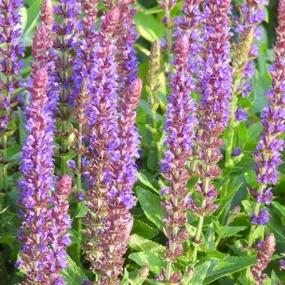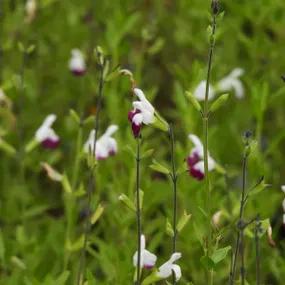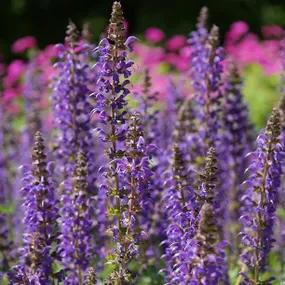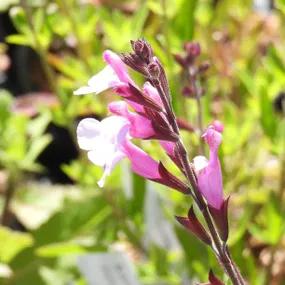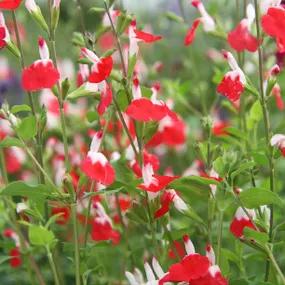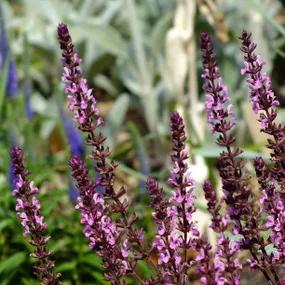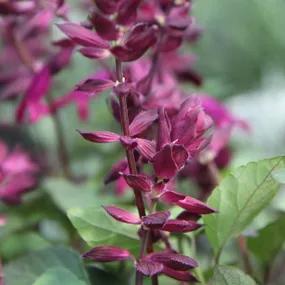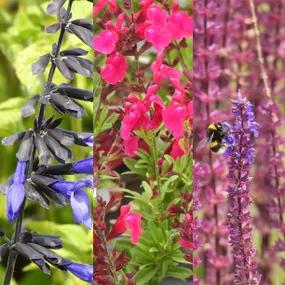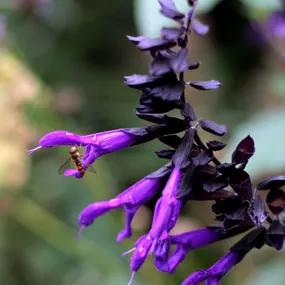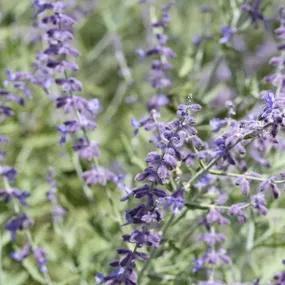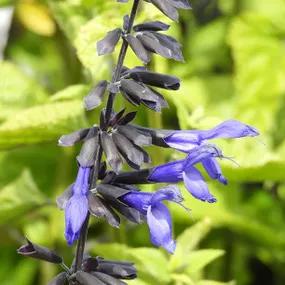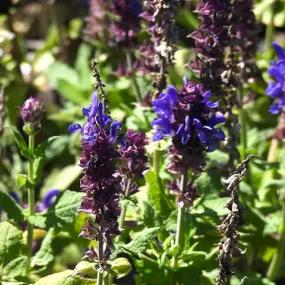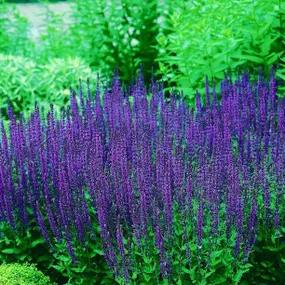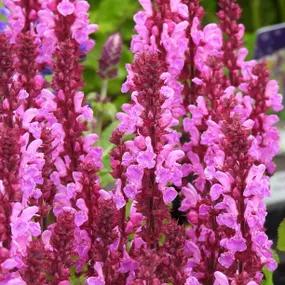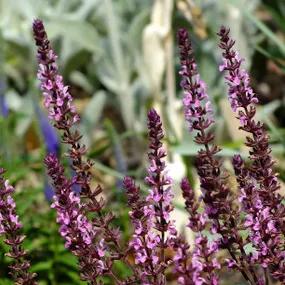Order Salvia Plants Now For August Delivery
Perennial salvias are late summer border superstars. They start flowering around midsummer and then just... keep going. With wonderful, clear colours that change as the days shorten, salvias bring life and vigour to borders that beginning to look a bit tired. They are hardy-ish, so they like a warm border in well-drained soil with shelter from cold winds, and thrive in pots that you can move from around the border into shelter to overwinter.
The trick to maximise flowering is to prune perennial Salvias twice, such as those derived from S. nemorosa. Leave them to overwinter and then cut them back in April down to new growth. They will flower in June. Then, instead of the Chelsea Chop in late May, here is the Hampton Hack: around the time of the Hampton Court Flower Show in early July, cut them back by about a third to promote the formation of masses of new flower buds which will perform from August until the first frosts.
Salvia greggii varieties, which includes S. microphylla and their hybrid S. x jamenisis, are shrubbier plants. They could be treated the same way as perennials, but they will look nicer with a more refined pruning approach. Once per year, in early spring, remove deadwood and all low horizontal branches first so that nothing is touching the ground. Then cut out all two year stems at the base, which is roughly everything over about 1cm in diameter. Lastly, trim all over to tidy off any flower stalks and straggly stems. Leaving most of the one year old growth, which will all be under 1cm thick, maintains the bushiness much better than a more fierce chop, and then you end up with more flowers. Around Hampton hack time, you only trim off the flower stalks to deadhead, you don't prune the shrub itself. Alternatively, to save precious time, there would not be much loss of flowers if you did all pruning at the same time as the deadheading trim - up to you.
Deer do not like strongly scented plants in general and while it would be a stretch too far to call Salvia a deer repellant, planting plenty of them will make your garden less attractive to deer than your neighbours'! Lavender and curry plants add to this mild deterrent effect.
Salvias look great when planted together with Artemesias, grasses, Lavenders, Penstemons and Verbena bonariensis.
Salvia is from Latin salvere, to save, due to the plant's nourishing and medicinal properties, which evolved to sauge in French, as in Liqueur à La Sauge.
All salvias can be called sages, but in common usage that word refers to edible sage, Salvia officinalis.
Your mail order plants are delivered by next working day courier.
If there is anything wrong with your plants when they arrive, Contact Us within 5 working days, and our friendly support team will sort it out.




